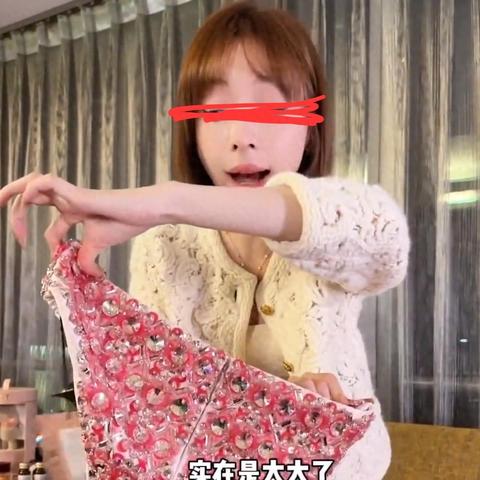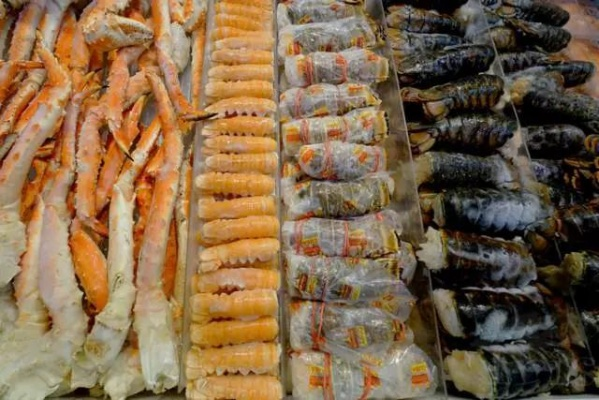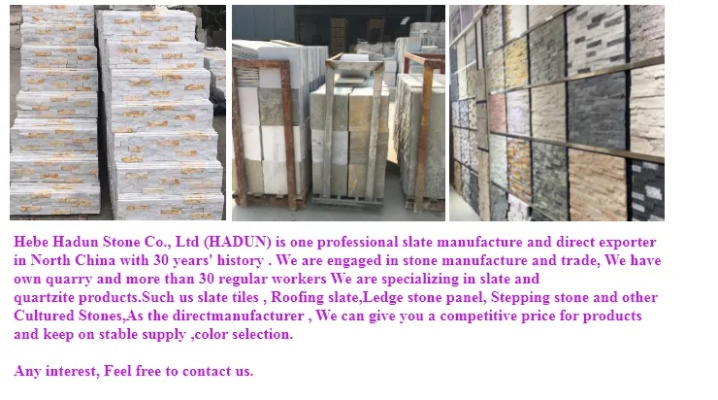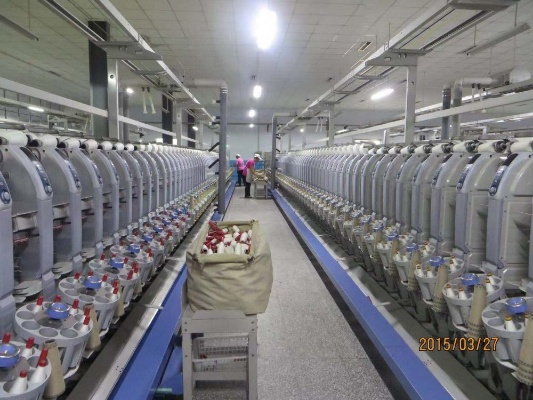A Comprehensive Guide to Textile Stackers An Overview
This comprehensive guide provides a comprehensive overview of textile stackers, including their functions, types, and applications. Textile stackers are essential tools for processing and organizing textile materials, such as yarns, fabrics, and other textile products. The guide covers the different types of textile stackers, including manual and automated models, and their respective advantages and disadvantages. It also discusses the factors that influence the selection of a textile stacker, such as material handling capacity, speed, and cost. Additionally, the guide provides tips on how to maintain and operate textile stackers effectively, including proper maintenance procedures and troubleshooting techniques. Overall, this guide is a valuable resource for anyone working with textile materials or looking to invest in a textile stacker.
Introduction: In the realm of industrial automation, textile stackers have emerged as a game-changer in the manufacturing industry. These machines are designed to efficiently and safely stack and organize bulky textile materials like fabrics, carpets, and other textile products. With their ability to handle a wide range of materials and sizes, stackers have become an essential tool for many industries, from apparel to home furnishings. In this guide, we will explore the different types of textile stackers, their features, and how they can benefit your business.
Types of Textile Stackers:
-
Conveyor-type Stackers: These are the most common type of stacker used in the textile industry. They consist of a conveyor belt that moves the material through a series of stacking stations. The material is then guided into a storage bin or pallet using a robotic arm. Conveyor-type stackers are ideal for small to medium-sized operations that require frequent retrieval of finished products.
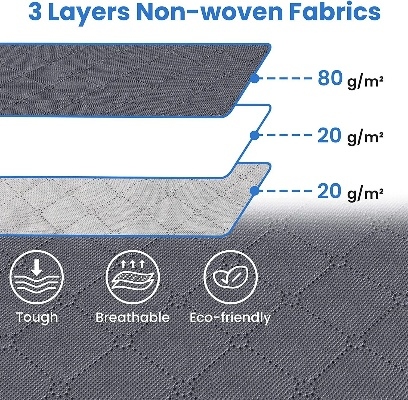
-
Vertical Stackers: These stackers are designed to stack vertically on a single platform, making them ideal for use in high-density environments. Some models come with additional features such as automated sorting and labeling systems.
-
Linear Stackers: These stackers are designed to move the material along a linear path, allowing for efficient handling of large quantities of textiles. They are commonly used in factories that produce large batches of textiles.
-
Rotary Stackers: These stackers rotate around a central axis, allowing for easy access to the material at any point. They are ideal for use in warehouses where space is limited but product retrieval is critical.
Features of Textile Stackers:
-
Robotic Arm: Many stackers come equipped with a robotic arm that can lift, position, and align the material precisely. This feature makes it easier to handle complex shapes and sizes.
-
Storage Bin/Pallet: After the material has been stacked, it is guided into a storage bin or pallet using a robotic arm. Some models come with multiple storage options to accommodate different product sizes and quantities.
-
Automated Sorting and Labeling: Many modern stackers come with automated sorting and labeling systems that help streamline the production process and improve product quality.
-
Safety Features: Textile stackers are designed to ensure the safety of operators and workers. Some models come with emergency stop buttons, overload protection, and other safety features.
Benefits of Textile Stackers:
-
Efficiency: Stackers can increase production efficiency by reducing the time spent manually stacking and retrieving products. This can lead to faster turnaround times and increased productivity.
-
Cost savings: By reducing the need for manual labor, stackers can help businesses save money on labor costs. Additionally, they can reduce the risk of human error and improve product accuracy.
-
Environmental benefits: Stackers can help reduce waste by minimizing the amount of material that needs to be transported and stored. This can lead to reduced carbon emissions and improved environmental sustainability.
-
Customization: Many stackers come with customizable features that allow businesses to tailor their production processes to their specific needs. For example, some models can be programmed to sort and label products based on specific criteria, while others can be configured to automatically adjust for changing inventory levels.
Case Study: One example of the impact of textile stackers is seen in the fashion industry. A leading apparel company in the United States implemented a new textile stacker system at its manufacturing facility. The new system was designed to handle a variety of fabrics and materials, including stretchy fabrics, knitted goods, and printed textiles. The system was able to quickly and accurately stack these materials into individual bins, which were then loaded onto trucks for distribution to retailers. As a result, the company was able to reduce its reliance on manual labor, improve product accuracy, and increase overall efficiency.
Conclusion: Textile stackers are an essential tool for businesses looking to streamline their production processes and improve efficiency. With their ability to handle a wide range of materials and sizes, stackers can help businesses achieve their goals of reducing waste, improving product accuracy, and increasing productivity. Whether you're a small manufacturer or a large retailer, investing in a textile stacker can pay off in terms of cost savings, increased efficiency, and improved customer satisfaction. So why not consider adding a textile stacker to your next industrial upgrade?
纺织品码垛机简介
纺织品码垛机是一种现代化的工业设备,主要用于将纺织品按照一定规格和数量进行码垛,它能够自动化地完成纺织品从原材料到成品的一系列工序,大大提高了生产效率和产品质量。
纺织品码垛机图片大全
以下是不同类型纺织品码垛机的图片展示,涵盖了不同型号、规格和工艺的机型。

【图片一】
类型:大型自动化码垛机
特点:大型机身,高精度传感器,自动化操作流程,高效码垛效率。
【图片二】
类型:手持式纺织品码垛机
特点:轻便小巧,操作简便,适用于现场快速码垛。
【图片三】
类型:智能型纺织品码垛机
特点:智能化控制,自动识别纺织品类型和数量,提高码垛准确性。
【英文案例说明】
某大型纺织企业使用纺织品码垛机提高生产效率
该企业采用先进的纺织品码垛机,实现了自动化码垛,通过机器的高效运作,大大提高了生产效率和产品质量,机器的智能化控制功能使得纺织品能够准确无误地被码垛,大大减少了人工干预的环节,提高了生产效率。
手持式纺织品码垛机的应用场景
手持式纺织品码垛机适用于现场快速码垛,在纺织品的加工过程中,手持式码垛机能够快速地将纺织品按照一定规格和数量进行码放,大大提高了生产效率,机器的轻便小巧和操作简便也使得它在纺织品的包装、运输等环节中得到了广泛应用。
纺织品码垛机技术特点及工作原理
纺织品码垛机技术特点主要包括高精度传感器、自动化操作流程以及高效码垛效率等,其工作原理是通过传感器对纺织品进行检测和识别,然后通过自动化操作流程完成码垛工序,机器还具备智能化控制功能,能够自动识别纺织品类型和数量,提高码垛准确性。
纺织品码垛机的应用领域及市场前景
纺织品码垛机广泛应用于纺织、服装、鞋业、家居用品等行业,随着科技的不断发展,纺织品码垛机的自动化程度越来越高,应用领域也越来越广泛,随着人们对环保、节能、高效生产的需求不断增加,纺织品码垛机的市场前景将会越来越广阔。
纺织品码垛机是一种现代化的工业设备,具有自动化、高效、准确等优点,在纺织、服装等行业得到了广泛应用,通过本文的图片展示和案例说明,我们可以更好地了解纺织品码垛机的技术特点、应用领域和市场前景,我们也应该注意在使用纺织品码垛机时需要注意的事项和操作要点,以确保设备的正常运行和安全生产。
Articles related to the knowledge points of this article:
Guide to the Best Location for Shanghai Textile Wholesale Market
